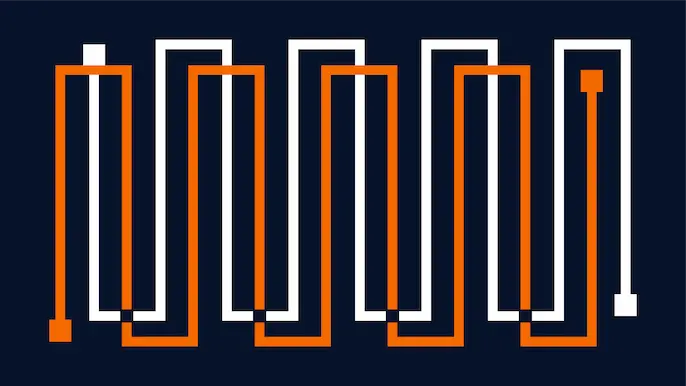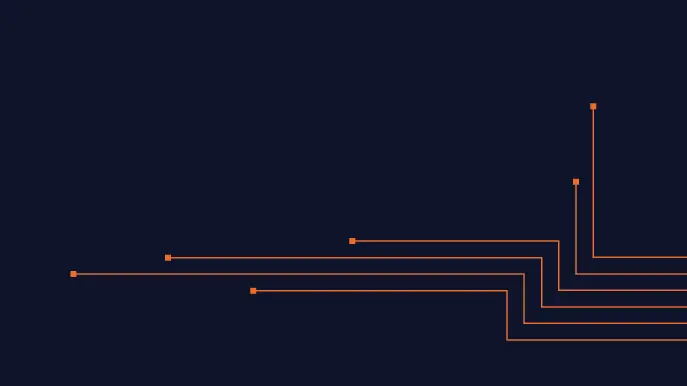
Keep Pace with Evolving Attack Surfaces: Penetration Testing as a Service
Study after study shows that business leaders across the country place cybersecurity in their top concerns for 2020. PwC’s 23rd annual CEO Survey shows that 53% of U.S. CEOs are “extremely concerned” about the effect cyber threats will have on growth prospects.
And the findings of the Conference Board are similar. According to the survey, cybersecurity was the top concern for CEOs in 2019. What’s more, according to the study, cybersecurity budgets are increasing, with more than 70% of responding CEOs globally planning to increase their cybersecurity budgets this year. Interestingly, cybersecurity strategy remains elusive: almost 40% of responding CEOs globally say their organizations lack a clear strategy to deal with the financial and reputational impact of a cyberattack or data breach.
Often, we see that an inadequate security test can leave a company with a false sense of security. Couple that with the fact that in 2019 the average cost of a data breach to a company was $3.9 million, and a greater business challenge emerges. The bottom line is that organizations are always-on, so their security should be too. It’s more critical than ever that organizations implement a more proactive strategy to better understand their security weaknesses and vulnerabilities.
Penetration testing, delivered in a consumable fashion, and executed monthly or quarterly, rather than annually, can help. At NetSPI we call it Penetration Testing as a Service or PTaaS. Here’s all you need to know before investing in PTaaS, to achieve a successful vulnerability testing and management program.
An Introduction to PTaaS
PTaaS is the delivery model of combined manual and automated pentesting producing real-time, actionable results, allowing security teams to remediate vulnerabilities faster, better understand their security posture, and perform more comprehensive testing throughout the year.
A successful PTaaS program delivers security testing comprised of an expert manual pentesting team enhanced by automation. It puts customers in control of their pentests and their data, enabling them to simplify the scoping of new engagements, view their testing results in real time, orchestrate quicker remediation, and have the ability to perform always-on continuous testing.
The Case for PTaaS
According to PwC, cyber threats are a drag on growth, and tolerances for breaches and trust in technology are plummeting. To combat these trends, organizations need to shore up resilience. “Step one is to use technology to get real-time views into your most critical processes and assets, and then set up for continuous resilience,” it states.
Organizations with a mature security program understand that point-in-time testing is not the best option for continuously securing their applications and networks. New code and configurations are released every day; a continuous security program delivers results to customers around the clock, enabling them to manage their vulnerabilities easier and more efficiently.
PTaaS should be viewed as an essential IT department activity for identifying exploitable security vulnerabilities present across all networks in computing devices, such as desktop operating systems, web applications, mobile apps, and more. It proactively hardens an environment by identifying security weaknesses and software vulnerabilities, and then prioritizing them by severity of outcome should they be exploited, as factored against the likeliness of the attack. [Want to read more about penetration testing, a commonly misunderstood security discipline? Grab a cup of coffee and enjoy.
Learn more about PTaaS in TechTarget’s WhatIs.com article Word of the Day: Penetration Testing as a Service.
Choosing the Best PTaaS Partner for Your Business
When evaluating PTaaS options, security professionals would be well advised to:
- Insist on real-time accessible reporting and not settle for reams and reams of static PDF reports that don’t allow for access to data in real-time as vulnerabilities are found.
- Look for a platform, dashboard or technology efficiencies, that offer increased speed to remediation and direct communication with the pentesting experts. For example, NetSPI’s platform houses all vulnerability data and provides remediation guidance for real-time access and assessment.
- Prioritize non-negotiables like employing a team of expert deep-dive manual pentesting professionals with enhanced automation, as automated pentesting and scanners will only ever find a portion of an organization’s vulnerabilities. While automation creates efficiencies, the human touch is also necessary to identify potentially high and critical severity threats that can only be discovered by manual testing.
As attack surfaces constantly grow and evolve, it’s important to recognize that point-in-time penetration testing, while important, is no longer an effective means of year-round security and that there are options available that can increase the value that you get from traditional testing. As an industry, our ultimate goal is to prevent breaches from happening – but, how can we make that happen without having an “always-on” mentality?
Explore more blog posts

Navigating Cybersecurity Regulations Across Financial Services
Learn about five areas businesses should consider to help navigate cybersecurity regulations, such as the Digital Operations Resiliency Act (DORA).

A New Era of Proactive Security Begins: The Evolution of NetSPI
Introducing The NetSPI Platform, the proactive security solution used to discover, prioritize, and remediate the most important security vulnerabilities. Plus, get a first look at NetSPI’s updated brand!

Penetration Testing: What is it?
Learn about 15 types of penetration testing, how pentesting is done, and how to choose a penetration testing company.